Vancouver Sun reporter Mary McAlpine was a Vancouver blueblood and the paper was always running photos of her, such as the time she interviewed a circus acrobat and was talked into posing dangling upside down on a trapeze in mid-air.
Article content
Ripple Rock used to cause havoc for shipping on the B.C. coast.
Advertisement
This advertisement has not loaded yet, but your article continues below.
Article content
Twenty large vessels and at least 100 smaller ones sank or were damaged by the underwater mountain near Campbell River. In 1957 The Vancouver Sun’s Mary McAlpine wrote: The huge rock “churns Seymour Narrows into eight-foot waves and sucking, frothing whirlpools.”
Maritime accidents killed 114 people, including nine men whose ship was sucked into a whirlpool on March 16, 1945, even as the federal government was investigating how to blow up the rock.
A decade later, the government approved a plan to construct a 700-metre tunnel from Maude Island underneath Ripple Rock, pack it with 1,247 tonnes of explosives and blow off the top.
It took three years and cost $4 million, but at 9:31 a.m. on April 5, 1958, the explosives were detonated and the top of the rock was blown 250 metres into the sky. At the time, it was reputed to be the biggest non-atomic blast in history.
Advertisement
This advertisement has not loaded yet, but your article continues below.
Article content
The Ripple Rock project was the subject of countless news articles in the local papers. On Dec. 13, 1957, McAlpine and photographer Deni Eagland descended 150 metres into a shaft on Maude Island to check out the tunnel project.
Only one shot ran in the paper, a somewhat wary McAlpine trudging through a foot of water in the tunnel, clad in a hard hat and a rubber rain suit flecked with bits of mud.
The Sun was always running photos of her, such as the time she interviewed a circus acrobat and was talked into posing dangling upside down on a trapeze in mid-air.
In fact, The Sun and The Province ran many photos of her before she became a writer. “Miss Mary McAlpine” was one of the fixtures of local high society, born into one of early Vancouver’s most prominent families.
Advertisement
This advertisement has not loaded yet, but your article continues below.
Article content
Her great-grandfather Dugald Leitch McAlpine was a doctor who came to B.C. in 1884 and moved to Vancouver in 1887. In the early 1900s, he was Vancouver’s chief health officer. Mary’s father Claude was a prominent local defence lawyer who The Sun said “was noted as a brilliant and tenacious fighter for his clients.”
The women in the McAlpine family were just as accomplished. Mary’s great-aunt Florence became the first female dentist in Vancouver in 1900, and Florence’s sister Olga “was a professional singer of note” who toured across Canada in the 1910s and ’20s.
Aside from writing for The Sun, which she had joined in 1954, Mary McAlpine had written short stories and plays broadcast by CBC Radio. At the paper, she usually wrote features, which is probably why they sent her to Ripple Rock.
Advertisement
This advertisement has not loaded yet, but your article continues below.
Article content
Very few of The Sun’s negatives from the 1950s are left. But the negatives from the Ripple Rock shoot were recently rediscovered and scanned by a Postmedia reporter, 64 years after they were taken.
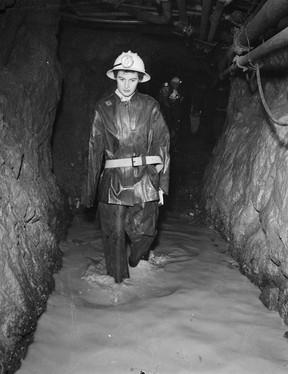
The Sun could have run a full page of the photos Eagland took of McAlpine.
There is a shot of McAlpine interviewing one of the workers deep inside the tunnel, right hand poised to write quotes in her notepad. The worker looks a little rough, with a boxer’s nose, but he looks thoroughly charmed.
Another pic shows McAlpine entering the “iron man cage” elevator with three workers that took her deep into the earth. A third photo has McAlpine posing beside a sign warning “Wear Safety Belt While Working on Grizzly.”
But the best photo is a smiling McAlpine having a headlamp added to her miner’s helmet by Jack Buchanan, “the big boned, easygoing underground superintendent.”
Advertisement
This advertisement has not loaded yet, but your article continues below.
Article content
Not everyone found McAlpine as captivating as the miners at Ripple Rock. In 1956, McAlpine left Vancouver for London, where she worked for a news service and freelanced stories about European affairs for The Sun.
Britain and France invaded Egypt to gain control of the Suez Canal in late 1956, which was very controversial. McAlpine interviewed several people in London and wrote a story critical of British Prime Minister Anthony Eden, which upset Harold Weir, a Sun columnist.
“It’s easy for the inexperienced or shallow reporter to dig up indignation in London,” he wrote, arguing her story was one-sided, which indicated “she’s got her sweet feminine hooks into something a bit too large to handle.”
McAlpine retorted with a letter to the editor noting British publications like the Manchester Guardian, The Times and The Economist had all published similar stories about Eden.
Advertisement
This advertisement has not loaded yet, but your article continues below.
Article content
“I do not ask Mr. Weir to get out of his chair from behind the Rocky Mountains and question Britons for himself,” she wrote. “But I do ask that he at least read British publications, and read my dispatches more carefully, before he sees fit, as a responsible journalist, to attack me as an irresponsible journalist.”
McAlpine came back to The Sun a couple of months later, so she would have worked with Weir for several months.
McAlpine left the paper in early 1958 after she became engaged to Kildare Dobbs, a well-known writer and editor in Toronto. (Yes, their engagement was announced in the society pages.)
She and Dobbs had two daughters in Toronto, but the couple separated in the 1970s and she moved back to Vancouver, where she rejoined The Sun from 1974-82. In 1986, she published a biography of Vancouver writer Ethyl Wilson. She died in Vancouver on May 25, 2002, at the age of 68.
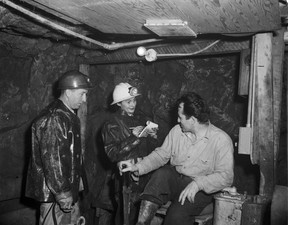
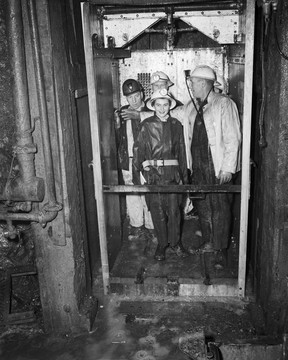
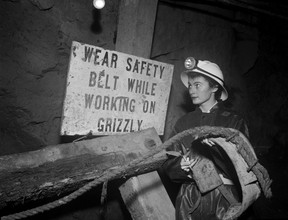
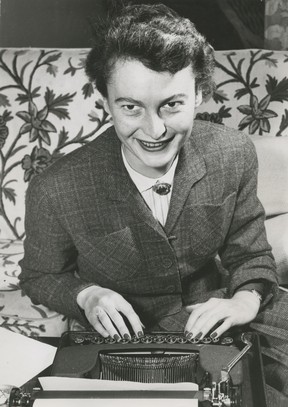
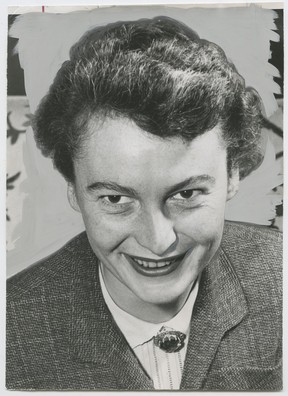
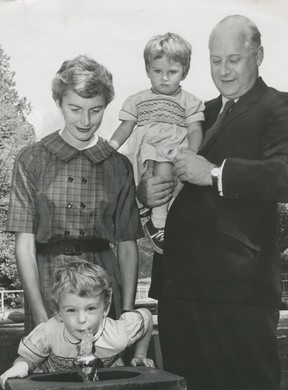


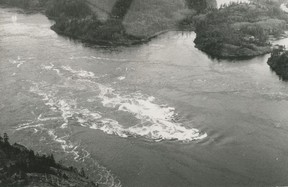
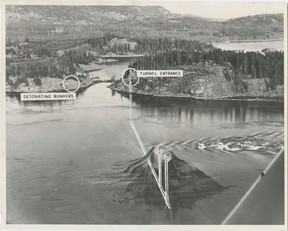
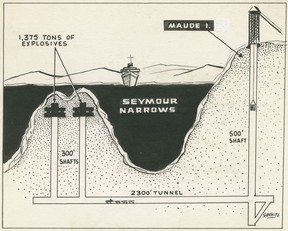
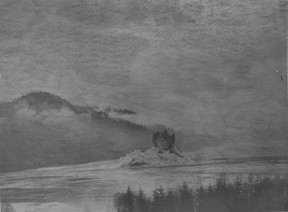
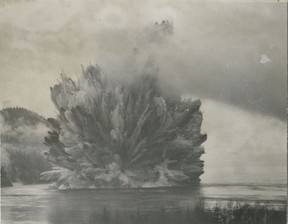

More news, fewer ads, faster load time: Get unlimited, ad-lite access to The Vancouver Sun, The Province, National Post and 13 other Canadian news sites for just $14/month or $140/year. Subscribe now through The Vancouver Sun or The Province.

